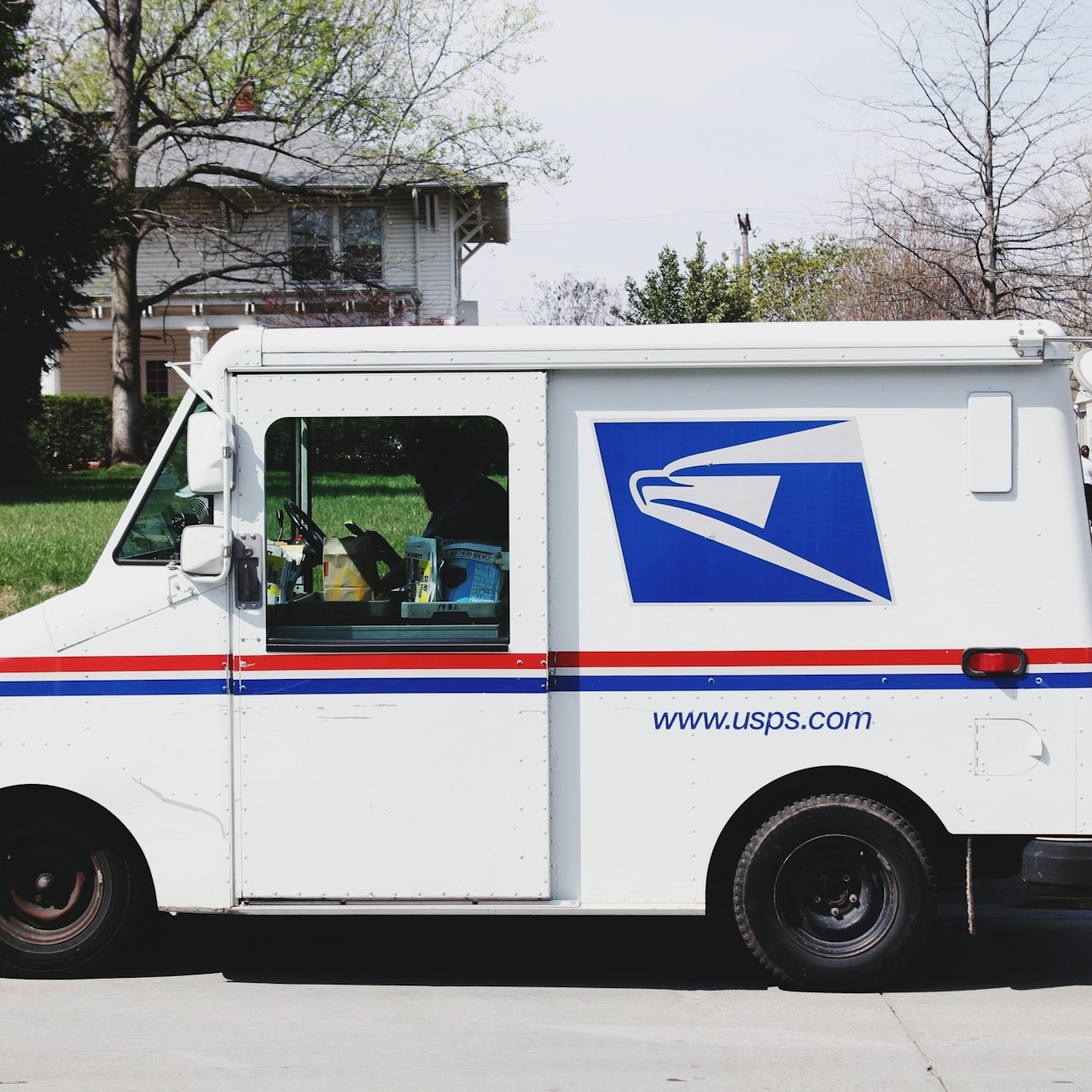Key Takeaways
- USPS employees transitioning to the Postal Service Health Benefits (PSHB) plan should prioritize understanding their healthcare needs and compare plan options carefully.
- Familiarizing yourself with important dates and key aspects of the PSHB program will ensure a smooth transition and help avoid potential coverage gaps.
How to Pick the Right PSHB Plan: Tips for USPS Employees
Navigating the shift from the Federal Employees Health Benefits (FEHB) program to the Postal Service Health Benefits (PSHB) program is a significant change for USPS employees. As the PSHB program officially begins coverage on January 1, 2025, it’s important for all USPS employees to be well-prepared for this transition. Selecting the right PSHB plan involves evaluating several factors, including personal healthcare needs, available coverage options, and important deadlines. This guide aims to help USPS employees make informed decisions about their health coverage as they transition into the PSHB program.
Understanding the PSHB Program Transition
The shift from the FEHB program to the PSHB program is a critical change for USPS employees, mandated by the Postal Service Reform Act of 2022. This law introduced the PSHB program to create a separate health benefits program for postal workers, distinct from the broader federal employee benefits. The PSHB program is designed to cater specifically to the unique needs of postal employees, offering tailored health plans that provide adequate coverage while managing costs effectively.
Key Dates to Remember:
- Open Enrollment Period: The first open enrollment for the PSHB program is expected to occur in late 2024. USPS employees must select their new health plan during this period.
- Effective Date: All new PSHB plans will take effect on January 1, 2025. USPS employees must ensure they have chosen a plan before this date to avoid any lapse in coverage.
Assess Your Healthcare Needs
The first step in selecting the right PSHB plan is to assess your healthcare needs. Consider your medical history, the frequency of healthcare visits, ongoing treatments, and any anticipated medical expenses. If you have a chronic condition or require regular medical care, you may need a plan that offers comprehensive coverage with lower out-of-pocket costs. On the other hand, if you are generally healthy and only require routine check-ups, a plan with lower premiums and higher cost-sharing may be more suitable.
Questions to Ask:
- Do you need regular visits to specialists or require ongoing prescriptions?
- Are there any upcoming medical procedures that may require extensive coverage?
- Do you anticipate any changes in your health needs over the next year?
Compare Plan Options Thoroughly
With the introduction of the PSHB program, USPS employees will have access to a variety of health plans specifically designed for postal workers. It is crucial to compare these options carefully, considering factors such as premiums, deductibles, copayments, and out-of-pocket maximums.
Key Considerations:
- Premiums vs. Out-of-Pocket Costs: Plans with lower premiums often have higher out-of-pocket costs, while those with higher premiums may offer more comprehensive coverage with lower costs at the point of care. Balance these factors based on your anticipated healthcare needs.
- Network Providers: Ensure that the plan you choose includes your preferred healthcare providers in its network. Out-of-network care can be significantly more expensive or may not be covered at all.
- Coverage for Dependents: If you have dependents, consider how the plan covers family members. Some plans may offer better rates or coverage for dependents, which can influence your choice.
Understanding Prescription Drug Coverage
Prescription drug coverage is a critical component of any health plan, especially for those who require regular medications. USPS employees should closely examine the formulary of each PSHB plan, which lists the medications covered and their associated costs. Some plans may offer broader coverage for prescriptions, while others might limit the range of covered drugs or require higher copayments.
Questions to Ask:
- Are your current prescriptions covered under the plan’s formulary?
- What are the copayments or coinsurance for your medications?
- Are there generic alternatives available for your prescriptions that could reduce costs?
Evaluate Special Programs and Wellness Benefits
Many PSHB plans may offer special programs and wellness benefits designed to promote overall health and well-being. These could include incentives for preventive care, discounts on gym memberships, or programs to manage chronic conditions. Evaluating these additional benefits can add value to your chosen plan and may align with your health goals.
Examples of Wellness Programs:
- Preventive Care: Some plans offer reduced or no cost for preventive services, such as annual physicals, immunizations, and screenings.
- Chronic Disease Management: Programs that provide support for managing chronic conditions like diabetes or hypertension can be valuable for those with ongoing health needs.
- Health and Fitness Discounts: Plans may include discounts on gym memberships, weight loss programs, or other fitness-related activities.
Consider Long-Term Costs and Benefits
When selecting a PSHB plan, it’s important to think beyond immediate costs and consider the long-term financial implications of your choice. While a plan with lower premiums might seem appealing in the short term, higher out-of-pocket costs could accumulate if you require more extensive healthcare services. Conversely, a plan with higher premiums but lower out-of-pocket expenses might be more cost-effective in the long run, particularly for those with frequent healthcare needs.
Long-Term Considerations:
- Health Savings Accounts (HSAs): If available, HSAs can be a tax-advantaged way to save for future medical expenses. Consider whether a high-deductible plan paired with an HSA might be beneficial.
- Predicting Future Health Needs: Consider any potential changes in your health status, such as planned surgeries, starting a family, or managing a chronic condition. These factors could influence which plan offers the best long-term value.
Importance of Timely Enrollment
One of the most crucial aspects of transitioning to the PSHB program is timely enrollment. Missing the enrollment period could result in a lapse in coverage, which could be particularly problematic if you or your dependents require ongoing medical care. Make sure to mark the open enrollment period on your calendar and review all available plan options well in advance to avoid last-minute decisions.
What Happens If You Miss Enrollment?:
- Missing the enrollment window may limit your coverage options and could lead to penalties or gaps in coverage. It’s essential to act promptly and make your selection during the designated period.
Tips for a Smooth Transition to PSHB
To ensure a seamless transition from FEHB to PSHB, consider the following tips:
- Stay Informed: Keep up-to-date with communications from USPS regarding the PSHB transition. This includes understanding any changes to benefits, deadlines, and enrollment procedures.
- Review Your Current Coverage: Compare your current FEHB plan to the new PSHB options to determine if your healthcare needs are still being met or if a change is necessary.
- Consult with a Licensed Insurance Agent: If you are unsure about which plan to choose, consider seeking advice from a licensed insurance agent who can help you navigate the options based on your specific healthcare needs.
- Prepare for Open Enrollment: Don’t wait until the last minute to review your options. Begin researching plans as soon as they are available and ensure you understand the differences between them.
Making an Informed Decision
Choosing the right PSHB plan is a critical decision for USPS employees as it will impact their healthcare for the coming year and beyond. By carefully assessing your healthcare needs, comparing plan options, and considering both immediate and long-term costs, you can make a well-informed choice that ensures comprehensive coverage without unnecessary expenses. Staying informed and proactive during the transition to the PSHB program will help you navigate this change smoothly and secure the best possible healthcare outcomes for yourself and your dependents.
Smooth Transition to the PSHB Program
The transition to the PSHB program represents a significant change for USPS employees, but with careful planning and timely action, it can be managed effectively. By assessing your needs, understanding the available options, and staying informed, you can confidently choose a plan that aligns with your healthcare requirements and financial situation. For further guidance, consider reaching out to a licensed insurance agent who can provide personalized advice based on your specific circumstances.
Contact Information:
Email: [email protected]
Phone: 5055553456












